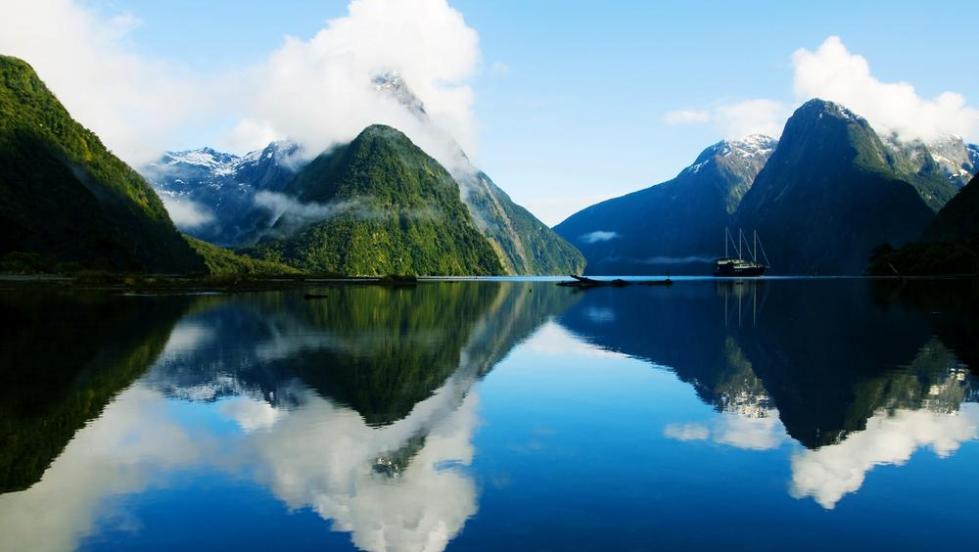About New Zealand
New Zealand is a country in the southwestern Pacific Ocean consisting of 2 main islands, both marked by volcanoes and glaciation. Capital Wellington, on the North Island, is home to Te Papa Tongarewa, the expansive national museum. Wellington’s dramatic Mt. Victoria, along with the South Island’s Fiordland and Southern Lakes, stood in for mythical Middle Earth in Peter Jackson’s "Lord of the Rings" films. Sometime between 1250 and 1300 CE, Polynesians settled in the islands that later were named New Zealand and developed a distinctive Māori culture. In 1642, Dutch explorer Abel Tasman became the first European to sight New Zealand. In 1840, representatives of Britain and Māori chiefs signed the Treaty of Waitangi, which declared British sovereignty over the islands. In 1841, New Zealand became a colony within the British Empire and in 1907 it became a Dominion. New Zealand's climate is predominantly temperate climate with mean annual temperatures ranging from 10 °C (50 °F) in the south to 16 °C (61 °F) in the north. New Zealand is marketed abroad as a "clean, green" adventure playground the main marketing slogan, 100% Pure New Zealand, reflects this) with typical destinations being nature areas such as Milford Sound, Abel Tasman National Park or the Tongariro Alpine Crossing, while activities such as bungee jumping or whale watching exemplify typical tourist attractions, often marketed primarily to individual and small-group travellers. By far the highest number of New Zealand's tourists (about 45%) come from Australia due to their close proximity and relations.
